AARP Hearing Center


More Americans are testing positive for the coronavirus every day — a trend experts predict will continue in the coming weeks. And with confirmed cases of illness in all 50 states and the District of Columbia, many are left asking: Who's going to pay for my care if I test positive?
The answer: It depends on your insurance, and experts encourage individuals with questions about coronavirus coverage to contact their health plans.
More than 170 million Americans are covered by private health plans, according to the Kaiser Family Foundation (KFF), and 60 million are on Medicare. Just as with any illness, “the cost to the consumer will be based on the design of their health plan,” explains Sara Collins, vice president for health care coverage and access at the Commonwealth Fund, a health research foundation.
"It's just a lot of variation by state, by health plans, and I think that people will be somewhat confused, as usual, about what is included in their plan and what the out-of-pocket costs might be to them,” she adds.
Testing fees covered, but doctor's visit usually isn't free
Several private insurers last week announced plans to waive cost sharing for coronavirus testing. Medicare officials also said that its beneficiaries do not have to pay out of pocket for a coronavirus test.
But as tests begin to be conducted in private labs and doctors’ offices, patients may start seeing bills — not for the actual test, but for the visit to the doctor's office to get a nasal swab.
The “challenging aspect of this” is that an increasing number of Americans have high-deductible health plans, where the policyholder pays a certain amount out of pocket for health care before insurance coverage kicks in, says Nadereh Pourat, a professor of health policy and management at the UCLA Fielding School of Public Health.
The average deductible for a person with employer-based coverage was $1,655 in 2019. People with non-group plans paid, on average, more than $4,500 to meet their plan's deductible that same year, according to KFF.
"If you have a high-deductible [plan] or you don't have money, it's going to prevent some people from seeking care, like any other illness — except this one has very different consequences,” Pourat says.



















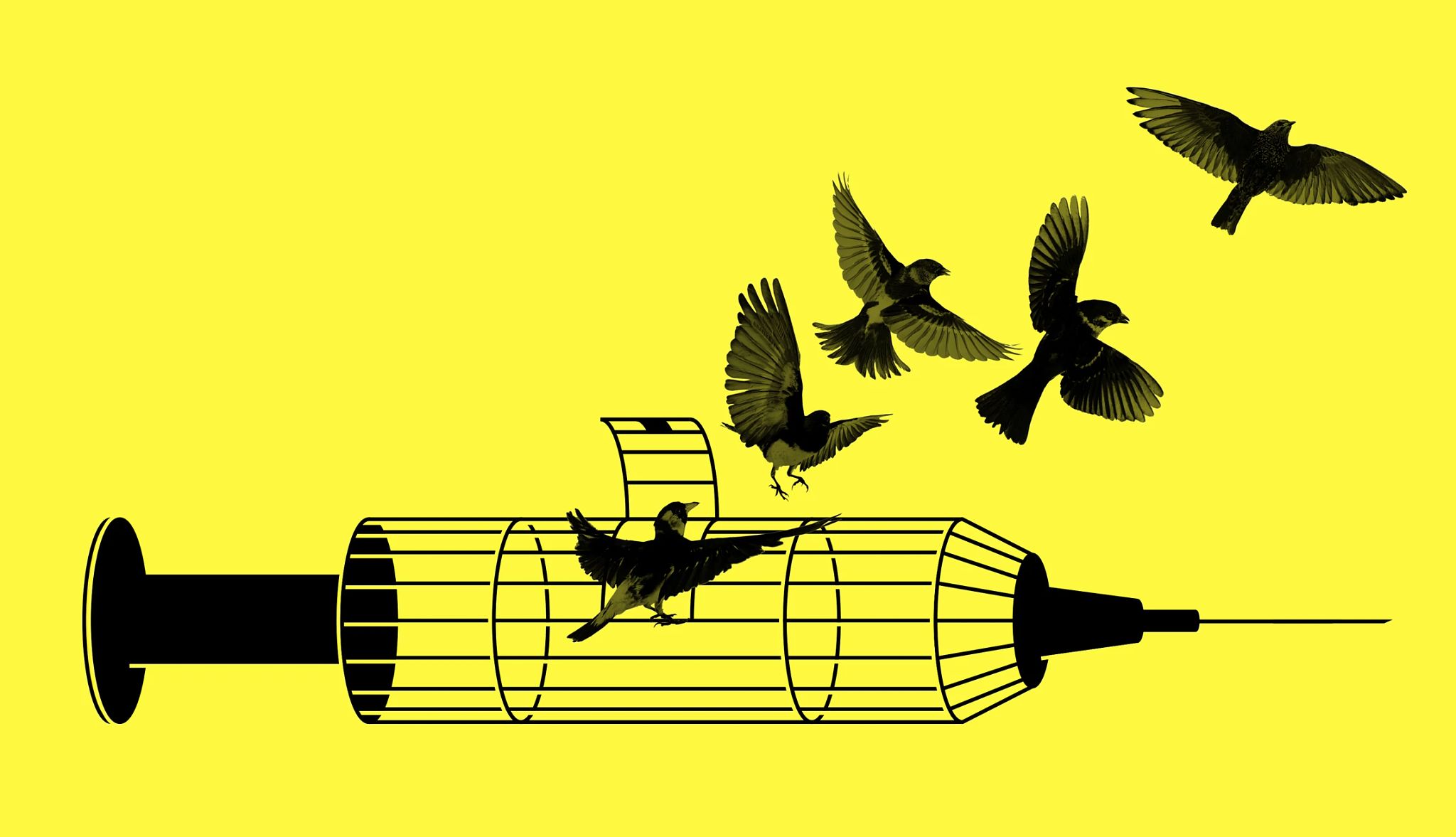



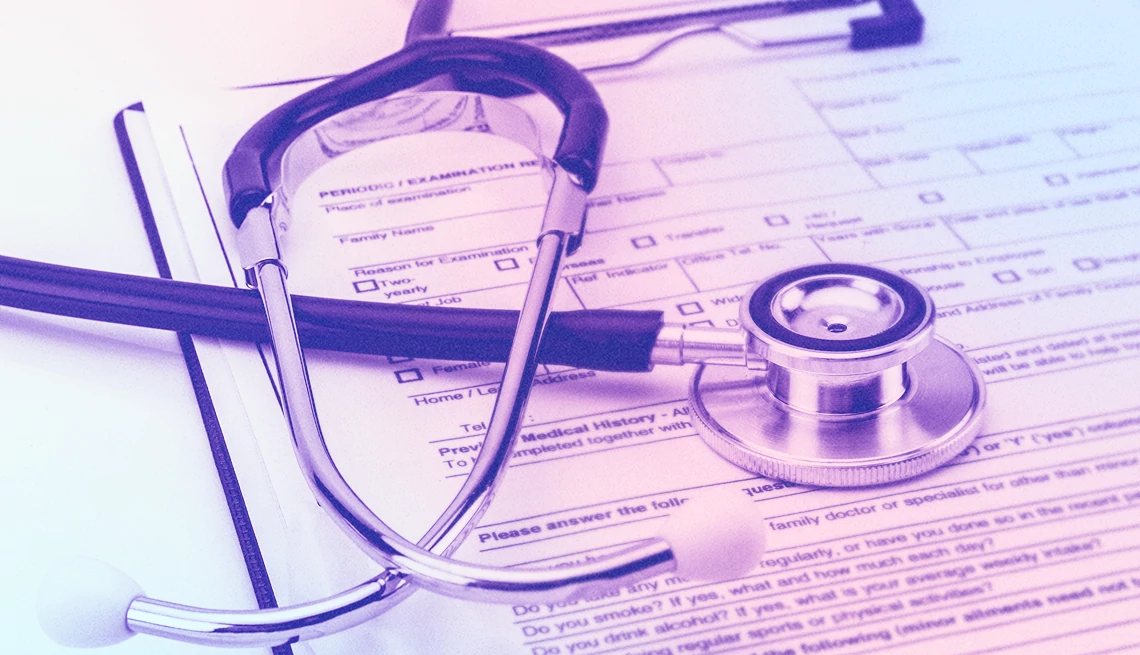
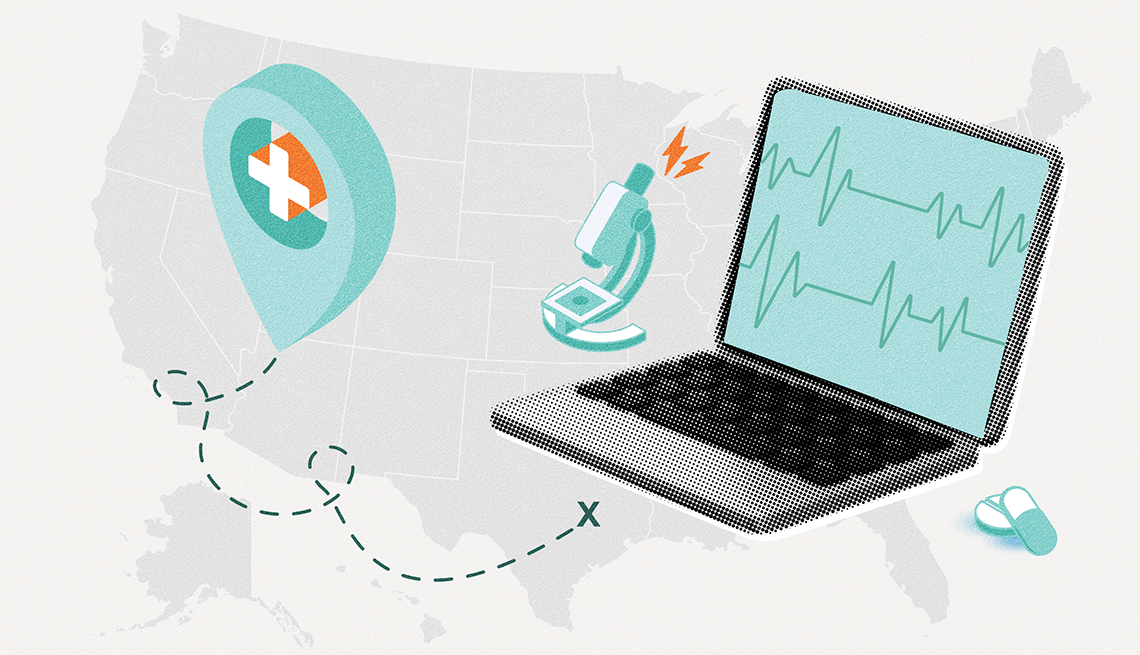






.jpg?crop=true&anchor=13,195&q=80&color=ffffffff&u=lywnjt&w=2008&h=1154)












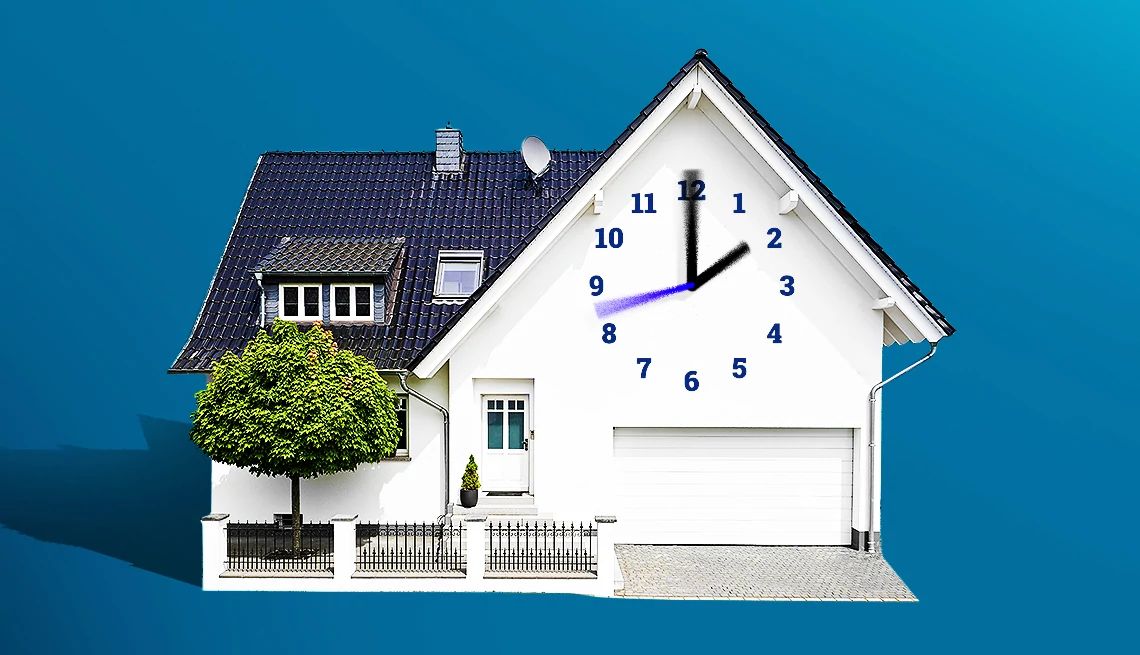

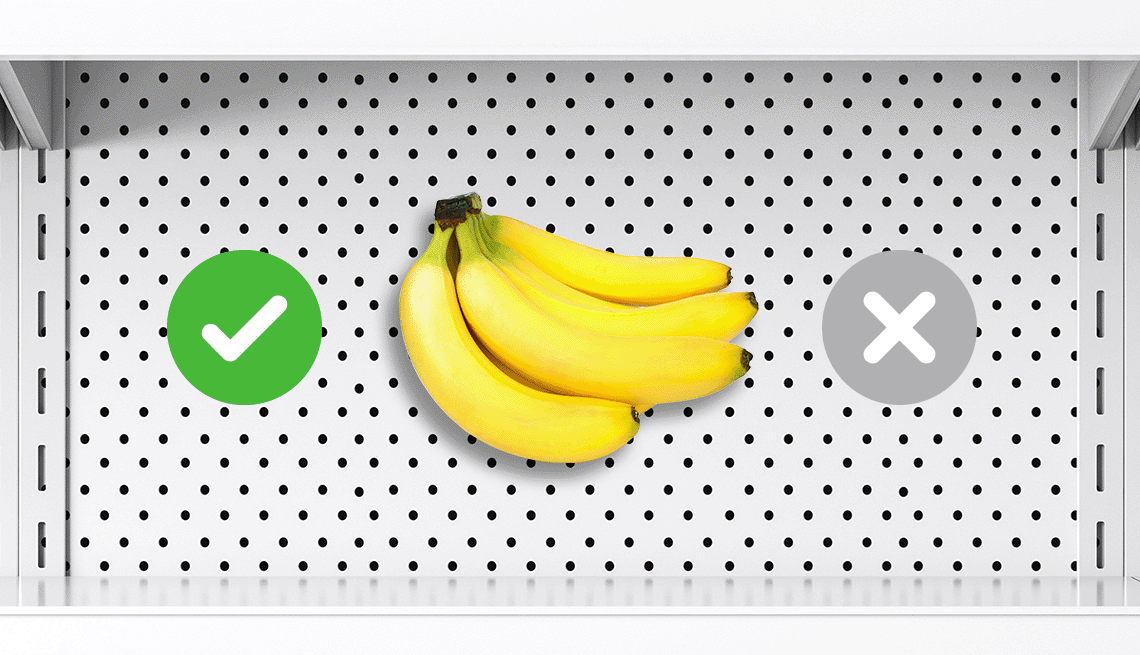















More on health
Seven Ways to Handle Anxiety During the Coronavirus Outbreak
Uncertainty and fear are major triggers. Here's how to copeMedicare Expands Telehealth Services in Response to Outbreak
Virtual doctor visits limit exposure risk, slow spread of coronavirusCoronavirus Tests Can Be Covered by High-Deductible Health Plans
New IRS rule removes potential deterrent to seeking diagnosis